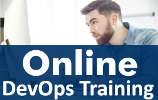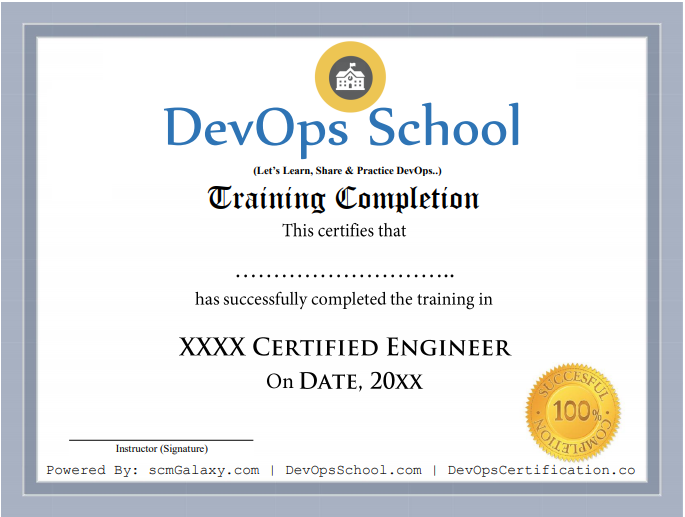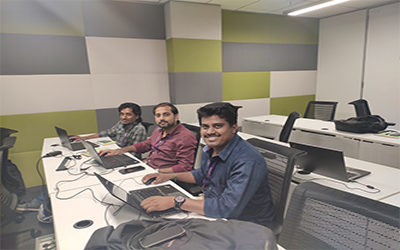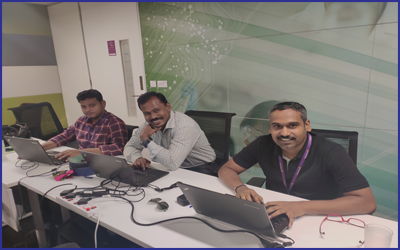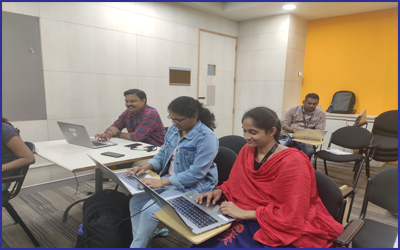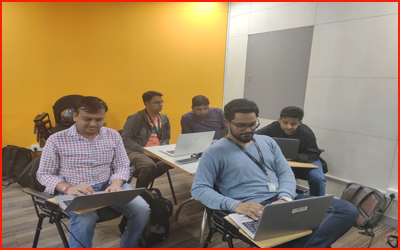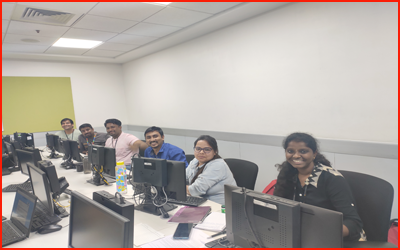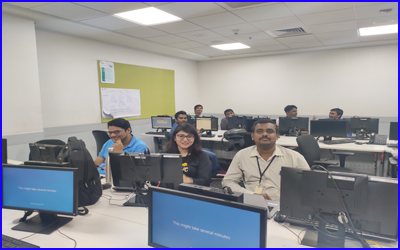Dot Net DevOps Training
Course Duration
60 hours
Live Projects
01
Certification
Industry recognized
Training Format
About Dot Net DevOps Training
DevOpsSchool offer Dot Net DevOps Course, Certification & Training by experienced Trainer. This is best Institute that is provide Dot Net DevOps training and certification using online or classroom mode by Expert trainer who has 15+ experienced in this Domain. We offer program Globally including Bangalore, Hyderabad, Pune, Mumbai, India, Netherlands etc. Our training will be handled in the weekday and weekends programs, depending on the requirement of the participants.
What is Dot Net DevOps?
In DevOps Dot Net bring modern Practices. Dot Net conceived during the rise of DevOps. Dot Net is a DevOps Era Platform it is ground up to support build and deployment automation. DevOps culture, where development and operations teams, systems, and tools work in lockstep. By aligning goals and sharing tools and strategies, you can improve velocity and code quality, allowing you to innovate faster. DevOps aspirants can find the best and skilled DevOps Trainer as well as consultant here on DevOpsSchool.
How DevOpsschool helps in Dot Net DevOps Training?
DevOpsSchool offers Dot Net DevOps Training Program for developers and operations team to grab the technique and best practices from basic to advance level. Dot Net DevOps Training and Course is available in Online Classes and Offline Classes for professional across India and abroad. Our DevOps Dotnet trainers are highly trained and upskilled and foremost in the area of DevOps and Automation. DevOps helps You deliver the best user experience possible and benefits your company by increasing the frequency of deployments of your software and services.
Key Highlights
30 DevOpos Tools Included
20 Live & Interactive Sessions
250 Hrs Self-paced Videos
60 Hrs Project & Exercises
Certified by DevOpsSchool
Lifetime Access to Videos Library
Interview & Assessment Support
1 month of internship with MNCs
Working Professionals & Freshers
Real time Projects
Lifetime Free Videos Library
